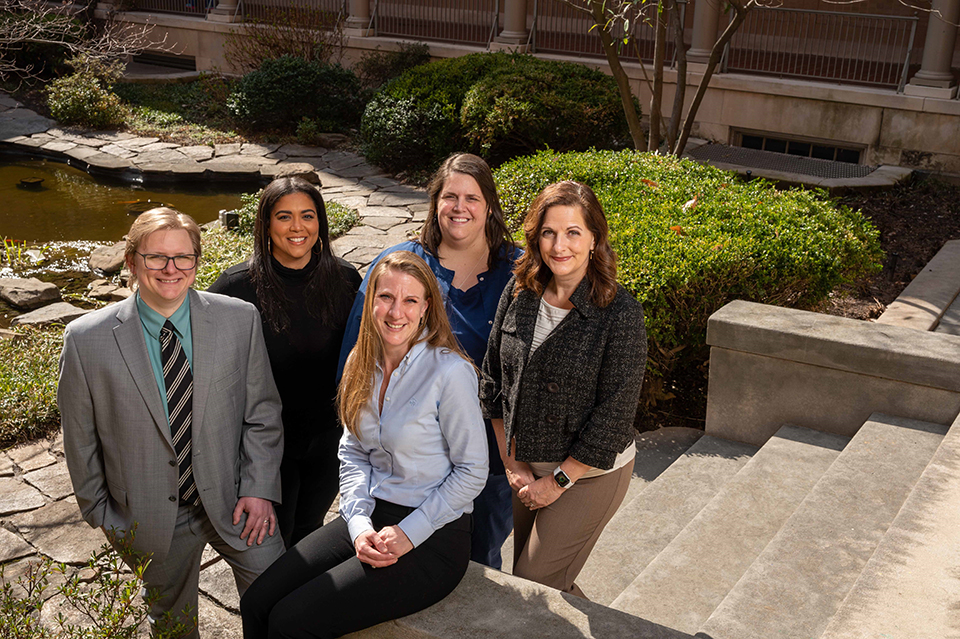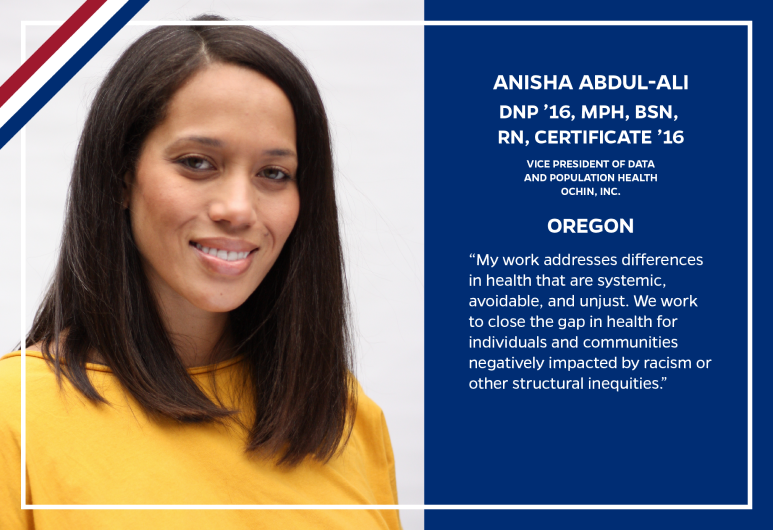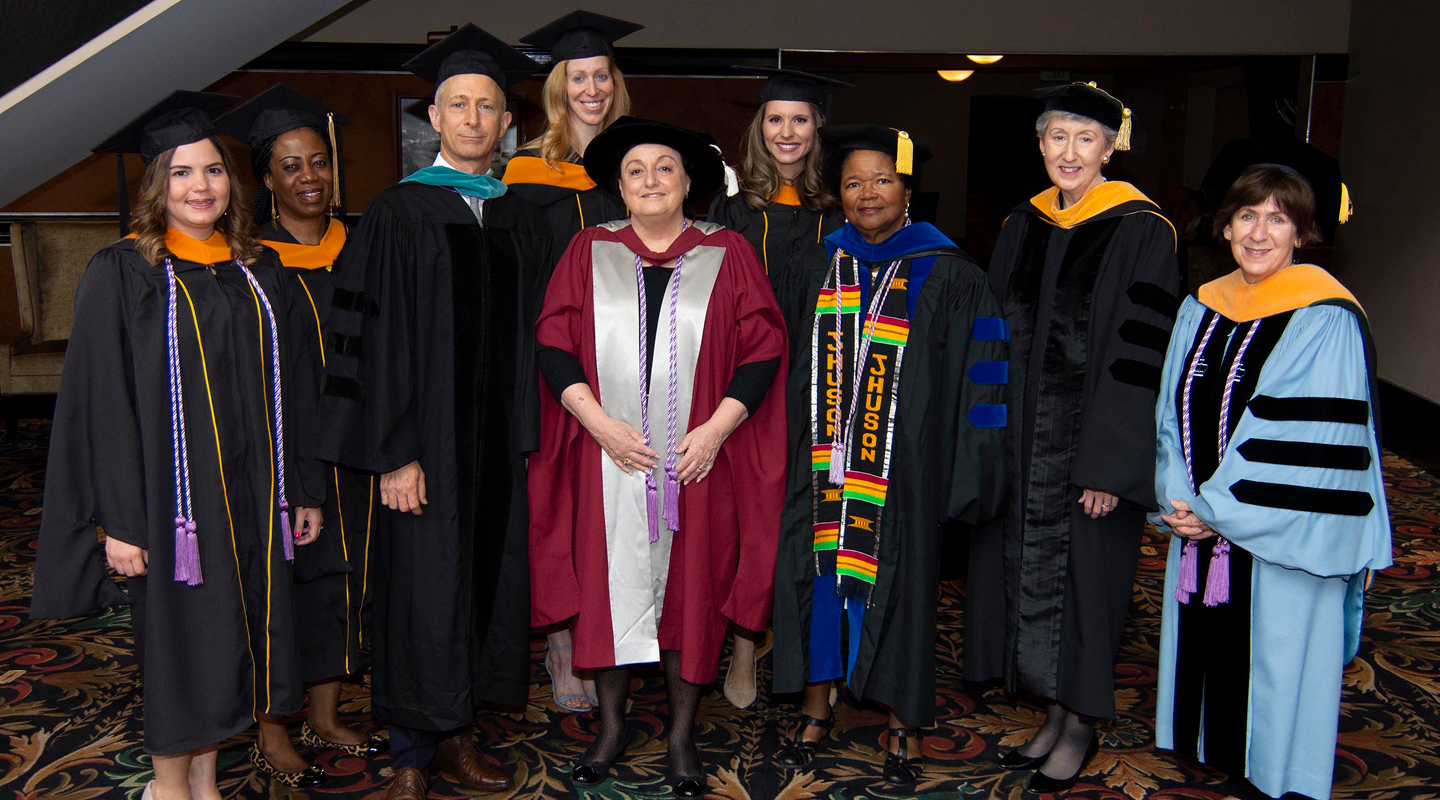Only 1 in 5 National Institutes of Health grant requests is funded. All researchers will feel the sting of rejection at one point in their career. For most, this means spending a lot of time looking for other ways of sustaining research projects through smaller grants or private and foundation funding.
About 11 percent of researchers’ time goes toward prospecting for funding and development. So it’s not surprising that researchers are looking for ways to maximize proposals they have already worked on. Fortunately, to that end, NIH and Leidos Health Life Sciences Division began a private-public partnership to give unfunded NIH submissions a second chance. In 2016, NIH gave pilot funding to set up a portal for the Online Partnership to Accelerate Research (OnPAR) program operated by Leidos. The program gives researchers an opportunity to receive funding through private funders.
There are a few guidelines for a proposal to be eligible for OnPAR funding. But if an applicant stands out—within the 30th percentile or a promising non-percentile application—there may be a chance to get funding.
But what do the private funders gain from becoming a member of the partnership? According to NIH, OnPAR allows funders to take advantage of NIH’s peer review system and opens up a fairly steady pool of pre-screened grant applications. However, the biggest drawback of OnPAR is the small members’ pool: only 12 funders are listed on the OnPAR website.
OnPar does boast a number of federal and private partners—federal grantors such as the National Science Foundation and the Department of Defense along with NIH and private funders like the Bill and Melinda Gates and Rockefeller foundations—who announce and promote OnPAR to their applicants. To raise the number of funders, Leidos says the number of applicants needs to increase; however, many private funders already have too many applications and may not view being a member of OnPAR as a benefit. This leaves a very narrow field of research interests and institutional priorities that may be eligible for funding.
OnPAR could be of great value to those applicants who do fit the guidelines and who fall into one of the areas of research interest. The process for applying to the program is fairly straightforward. One of the benefits is that after laboring through an NIH submission that did not earn funding, the applicant’s hard work is not wasted:
- If an applicant is eligible and matches the mission of the private funders, the applicant needs to upload his/her NIH-submitted abstract to the OnPAR site.
- Following a review by the Leidos Health Life Sciences Division, the proposal is matched with potential funders.
- If matched, the applicant then uploads the full NIH application along with his/her scores, percentile, and summary statements for review.
The great benefit here is that the submission has already been written and reviewed and, potentially, gets a second chance at funding.
The Office for Science and Innovation supports faculty research and development and provides internal and external services such as editorial reviews, internal reviews and other grant writing and research support. Contact [email protected] for more information.

 JHSON Highlights
JHSON Highlights A Tested Tool Keeps Patients Safe
A Tested Tool Keeps Patients Safe Duty Through Data
Duty Through Data Inaugural Discovery and Innovation Fund Recipients
Inaugural Discovery and Innovation Fund Recipients Dean Patricia Davidson’s Accomplishments
Dean Patricia Davidson’s Accomplishments







